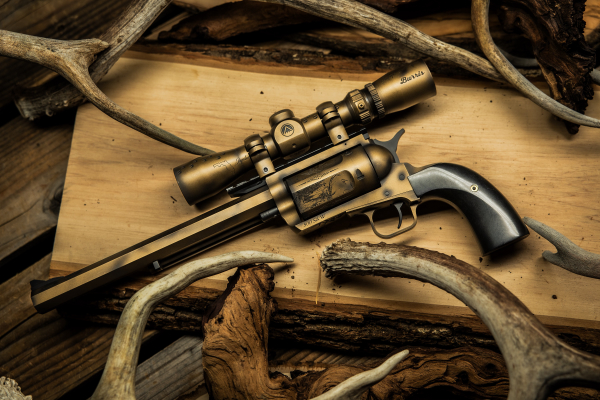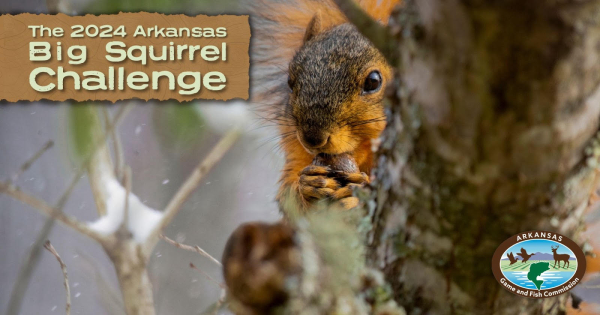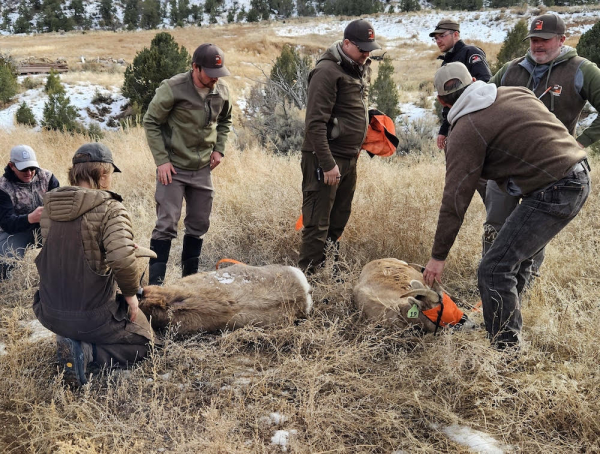Optic-Ready Mossberg 500, 835 Turkey Shotguns Now Available with Holosun Sight

NORTH HAVEN, CT – Now ready to take afield, Mossberg’s line of optic-ready 500 and 835 Ulti-Mag® Turkey pump-action shotguns come in convenient combo packages, topped with an olive green Holosun HS407K micro dot sight. Three small bore versions of the 500 Turkey are available including a Super Bantam with adjustable length-of-pull along with a hard-hitting,12-gauge 835 Ulti-Mag version with 3.5-inch chamber. All four models feature Mossy Oak® Greenleaf™ full camo coverage and compact 20-inch barrels.
At the core of Mossberg’s pump-action shotguns are proven design features that include non-binding twin action bars; dual extractors; a positive steel-to-steel lock-up; anti-jam elevator; anodized aluminum receiver; and universally recognized, ambidextrous top-mounted safety. These field-ready turkey guns come standard with optic-cut receiver and mounted Holosun micro dot sight for improved eye alignment and faster target acquisition; extended choke tubes; fiber optic front sight; drilled and tapped receiver for added versatility; sling swivel studs; 5+1 shell capacity; and cover plate should the mounted optic be removed.
These hunt-ready combos feature a Holosun HS407K micro dot sight that is mounted directly into the patent-pending optic cut on the 500 and 835 receivers. This open reflex sight has a 6 MOA Dot reticle; 12 brightness levels; unlimited eye relief; convenient battery tray; Shake Awake feature; and up to 50,000 hours battery life. And to enhance concealment, the sight features an olive finish which blends with the gun’s Greenleaf camo coverage. Read more









